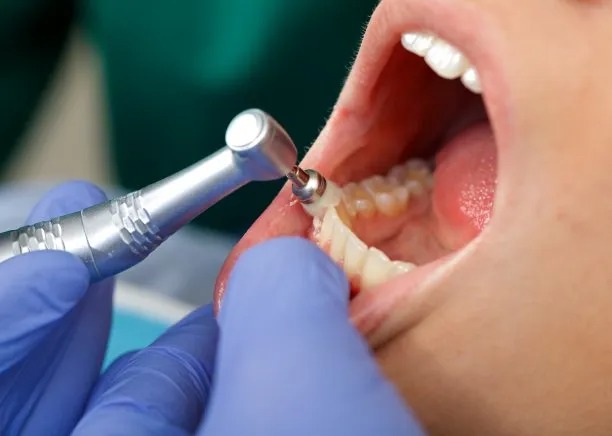Essential Precautions and Guidelines to Ensure Successful Root Canal Treatment Outcomes for Patients and Practitioners
Summary: Root canal treatment is a critical procedure aimed at preserving natural teeth and alleviating pain caused by infection or damage to the dental pulp. Successful outcomes hinge on diligent practice by dental professionals and informed cooperation from patients. This article details four essential aspects to ensure optimal treatment results: patient preparedness, infection control measures, effective pain management strategies, and post-treatment care guidelines. By adhering to these precautions and guidelines, both patients and practitioners can contribute to a smoother, more successful root canal experience.
1. Patient Preparedness for the Procedure

Patient preparedness is paramount for the success of root canal treatments. Before the procedure, patients should be well-informed about the treatment process and its potential benefits. This can alleviate anxiety and encourage cooperation during the procedure. Dental practitioners should take the time to explain what will happen during the appointment, addressing any concerns and misconceptions that the patient may have.
Additionally, maintaining good oral hygiene leading up to the appointment is crucial. Patients should be encouraged to brush and floss regularly, minimizing the bacterial load in the oral cavity. This proactive approach enhances the environment during the procedure, contributing to a lower risk of infection post-treatment.
Lastly, patients should be instructed to arrange for transportation following the procedure, especially if sedation methods will be used. Ensuring that patients can return home safely decreases stress and allows for a smoother recovery process.
2. Infection Control Measures During Treatment
Strict infection control measures are vital in optimizing the outcomes of root canal therapy. Dental practitioners must ensure that their tools and treatment areas are sterile to prevent any introduction of pathogens. This includes using autoclaved instruments and disposable materials wherever possible, which drastically reduces the chance of post-operative complications.
Furthermore, practitioners should employ rubber dam isolation techniques to maintain a clean field. This not only protects the treatment area from saliva but also enhances visibility and access to the tooth, improving the overall efficacy of the procedure. A clean and dry working field is essential for achieving a successful outcome.
In addition to mechanical controls, practitioners should also consider prophylactic antibiotic therapy when indicated. This can significantly decrease the risk of systemic infections, especially in patients with compromised immune systems or conditions like endocarditis. Having clear protocols for such scenarios can further safeguard patient health.
3. Effective Pain Management Strategies
Effective pain management is a cornerstone of a successful root canal procedure. It begins with thorough patient assessment, where practitioners evaluate medical history and individual pain thresholds. Different patients have varying levels of anxiety and pain sensitivity; tailoring strategies to accommodate these differences is essential for comfort.
Local anesthetics are commonly used to block pain sensations during the procedure. The technique of administering these anesthetics can affect the patients experience significantly. Practitioners should utilize techniques such as slow injection rates and additional sedation options if needed, ensuring patients feel at ease throughout the process.
Post-operative pain management is equally important. Practitioners should prescribe appropriate analgesics and inform patients of when they should take them to preempt discomfort. Educating patients about what to expect after the procedure can help them understand normal post-treatment sensations and recognize if something is amiss.
4. Post-Treatment Care and Follow-Up Essentials
Post-treatment care plays a key role in the success of root canal therapy. After the procedure, patients should receive comprehensive instructions regarding wound care and signs of potential complications. Understanding the necessity of follow-up appointments ensures that complications, if they arise, can be managed promptly.
Patients should also be advised on dietary restrictions. Soft foods should be favored in the initial days following treatment, as hard or crunchy items could aggravate the treated area. Maintaining a soft diet can aid healing and minimize discomfort.
Lastly, regular follow-up appointments are essential to assess the healing process and control any lingering infections. These follow-ups represent an opportunity for practitioners to address any concerns and reinforce the importance of maintaining good dental hygiene post-treatment.
Summary:
In conclusion, successful root canal treatment outcomes are not solely dependent on technical skills but also on adherence to essential precautions and guidelines. Patient preparedness, stringent infection control measures, effective pain management, and thorough post-treatment care collectively contribute to improved results. For both patients and practitioners, understanding and implementing these practices can ensure a more favorable experience, leading to lasting dental health and comfort.
This article is compiled by Vickong Dental and the content is for reference only.



